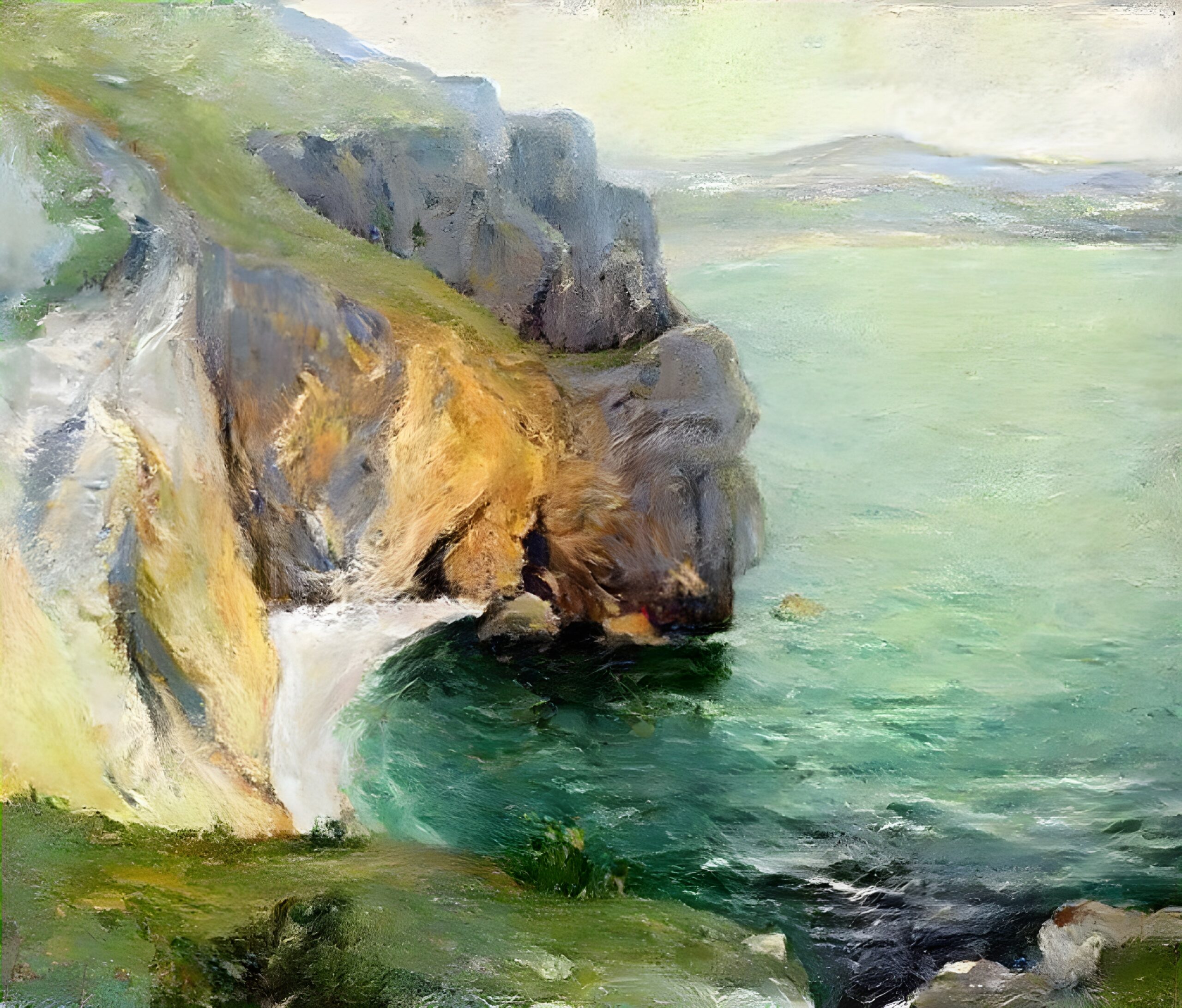Exploring the Magic: A Chat about Landscape Impressionist Paintings
Hey art enthusiasts! Have you ever found yourself standing in front of a breathtaking landscape painting, marveling at the vivid colors and dreamy brushstrokes that seem to transport you to another world? If so, chances are you’ve encountered the enchanting realm of Landscape Impressionist paintings.
Impressionism, a revolutionary art movement that emerged in the late 19th century, brought with it a fresh perspective on capturing the essence of nature. Landscape Impressionist paintings, in particular, have a magical way of portraying scenes that go beyond mere representation – they capture the fleeting moments, the play of light, and the atmospheric nuances of the great outdoors.
So, what sets these paintings apart from the traditional landscapes? Let’s dive into the world of Landscape Impressionism!
The Birth of Impressionism
Before we get into the landscapes, let’s take a quick stroll down art history lane. Impressionism was born as a rebellion against the rigid constraints of academic painting. The Impressionists, including luminaries like Claude Monet, Pierre-Auguste Renoir, and Camille Pissarro, sought to break free from the traditional techniques and instead focus on capturing the fleeting effects of light and color.
The Magic of Brushstrokes
One of the defining features of Landscape Impressionist paintings is the use of loose and visible brushstrokes. Instead of meticulously blending colors to create a smooth surface, these artists embraced the beauty of spontaneity. Stand in front of a Monet masterpiece, and you’ll notice how the brushstrokes seem to dance on the canvas, creating a sense of movement and life.
Capturing the Essence of Light
Impressionist painters were fascinated by the ever-changing play of light, and their landscapes reflect this obsession. Whether it’s the gentle glow of sunrise, the dappled sunlight filtering through leaves, or the soft hues of twilight, these artists mastered the art of capturing the elusive magic of light.
Embracing the Outdoors
Unlike the studio-bound painters of the past, the Impressionists took their easels outdoors, immersing themselves in nature. They painted en plein air, a French term meaning “in the open air,” allowing them to observe and respond to the changing conditions of the landscape firsthand. This direct connection with nature infused their paintings with a sense of authenticity and immediacy.
Famous Landscape Impressionist Paintings
- Claude Monet’s Water Lilies Series: Monet’s iconic series of water lilies transport viewers to a serene and dreamlike world, where the boundaries between water, sky, and flora blur into a symphony of color.
- Vincent van Gogh’s Starry Night: While not a traditional landscape, Van Gogh’s Starry Night captures the essence of the night sky in a swirling dance of brushstrokes, evoking a sense of cosmic wonder.
- Camille Pissarro’s The Boulevard Montmartre at Night: Pissarro’s depiction of a bustling Parisian street at night showcases the dynamic energy of city life, illuminated by the glow of streetlights.
A Timeless Legacy
The legacy of Landscape Impressionist paintings lives on, influencing generations of artists who continue to explore and reinterpret the beauty of nature. From the vibrant hues to the lively brushwork, these masterpieces invite us to see the world through the eyes of the artist and appreciate the magic that lies in the ordinary moments of life.
So, the next time you find yourself in an art gallery, take a moment to soak in the charm of Landscape Impressionist paintings. Let the colors transport you, the brushstrokes mesmerize you, and the play of light enchant you – after all, that’s the magic of Impressionism!
